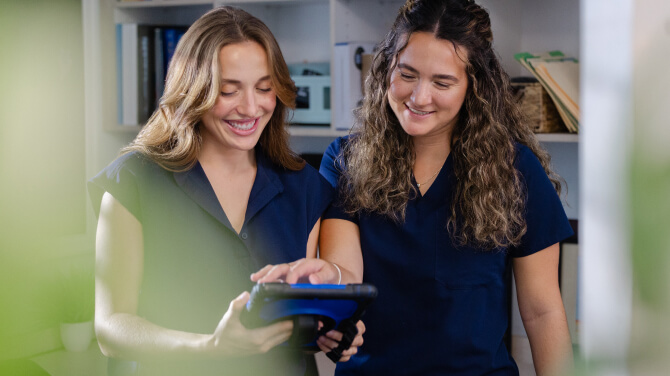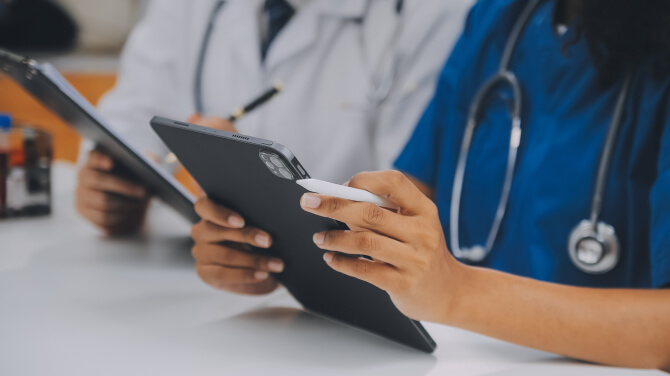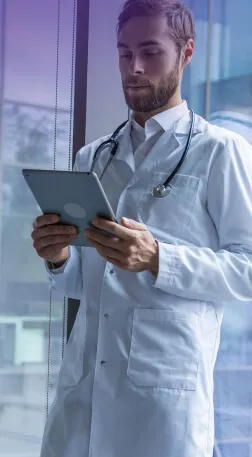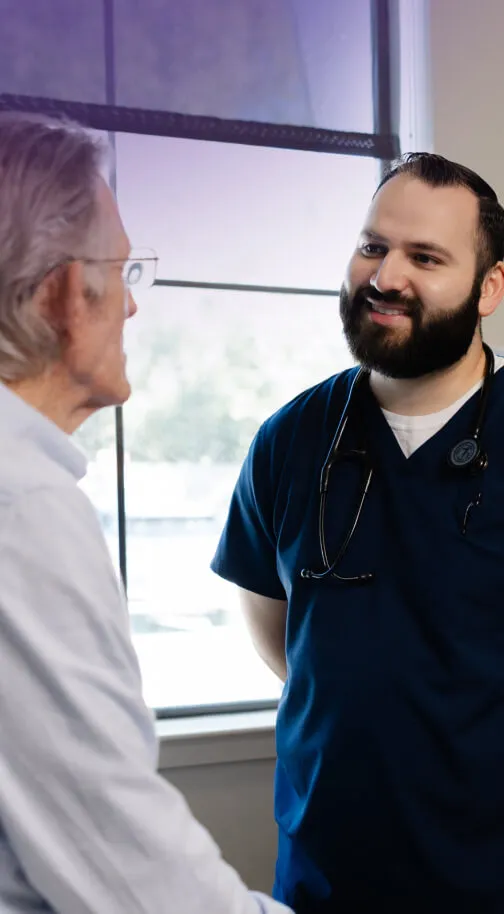Resource Center
All ContentBlogCase StudiesCustomer Success StoriesebooksWebinars
- athenahealth
- December 04, 2025
- 5 min read
5 ways athenaOne makes charting easier for clinicians
athenaOne improves charting with clinician-driven updates, like smarter medication reconciliation.Read moreMore resources

- Marty Fenn
- December 19, 2025
- 6 min read
AI in healthcare
Leveraging EHR data and predictive analytics for CDS
AI-native athenaOne integrates predictive analytics and clinical support tools. Learn more.
Read more
- athenahealth
- December 23, 2025
- 5 min read
electronic health record
Scaled connectivity through Platform Services
See how to simplify affiliate integration and enhance care coordination without costly EHR changes.
Read more
- athenahealth
- December 22, 2025
- 4 min read
payer solutions
Modernizing prior authorization with athenaPayer®
Imagine a faster, better way to obtain prior authorization. Here’s how athenaPayer saves work.
Read more
- Marty Fenn
- December 19, 2025
- 8 min read
AI in healthcare
9 data points proving AI in healthcare works
Adoption of AI in healthcare is expanding. Find out how athenaOne customers are already benefitting.
Read more
- Marty Fenn
- December 19, 2025
- 6 min read
AI in healthcare
Leveraging EHR data and predictive analytics for CDS
AI-native athenaOne integrates predictive analytics and clinical support tools. Learn more.
Read more
- athenahealth
- December 23, 2025
- 5 min read
electronic health record
Scaled connectivity through Platform Services
See how to simplify affiliate integration and enhance care coordination without costly EHR changes.
Read more
- athenahealth
- December 22, 2025
- 4 min read
payer solutions
Modernizing prior authorization with athenaPayer®
Imagine a faster, better way to obtain prior authorization. Here’s how athenaPayer saves work.
Read more
- Marty Fenn
- December 19, 2025
- 8 min read
AI in healthcare
9 data points proving AI in healthcare works
Adoption of AI in healthcare is expanding. Find out how athenaOne customers are already benefitting.
Read more
- Marty Fenn
- December 19, 2025
- 6 min read
AI in healthcare
Leveraging EHR data and predictive analytics for CDS
AI-native athenaOne integrates predictive analytics and clinical support tools. Learn more.
Read moreEmpower your practice

AI powered patient engagement
Learn how AI tools can help improve patient loyalty and outcomes.






